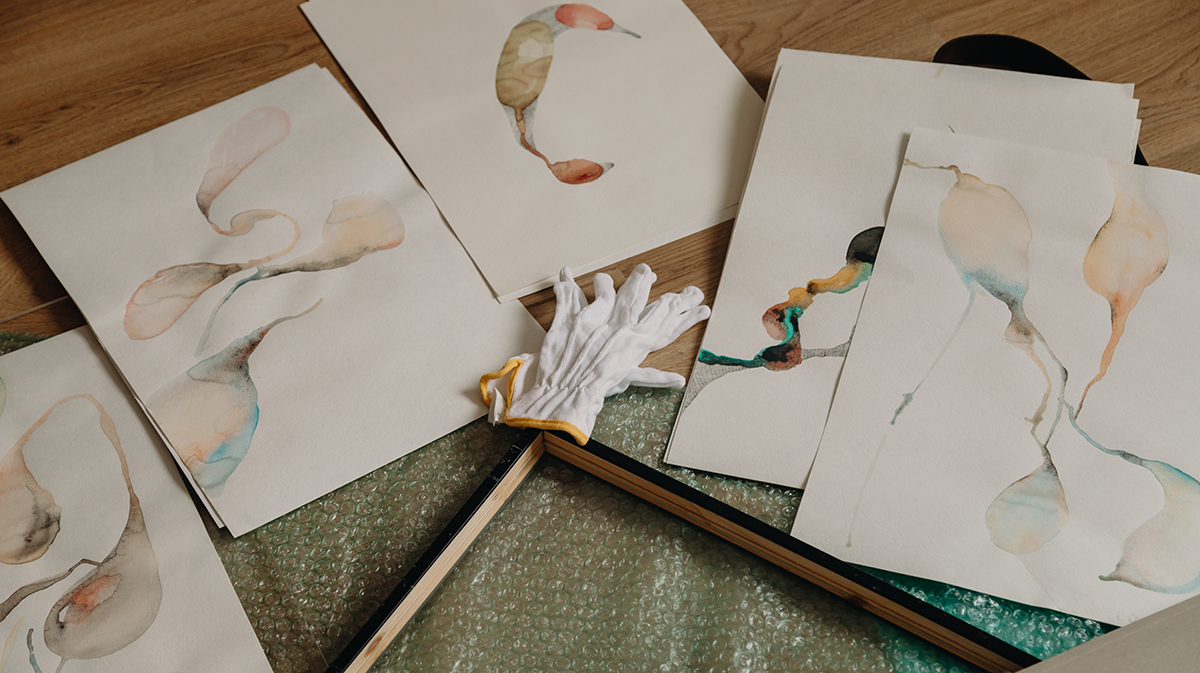
Text: I r i n a R u s i n o v i c h
All photos are provided by the authors of the HAZE Gallery
Interview with Marina WitteMann
What artwork/series of works do you find pivotal for your career?
It was a series of colour fields made of paper that has become a turning point for my career as an artist. Prior to that, I analyzed every work of mine considering it to be a new step of development. Thus, my creative self evolved and infused with each of my artworks. However, even I was amazed by what happened at the very beginning of this series.
Ever since I can remember it, I have enjoyed a special relationship with colour. It’s called synesthesia: when sensations emanating from one sense organ are also manifested in another one, for example, seeing the pain in colour or feeling the shape of a cold. Therefore, my art revolved around this. Before, I didn’t understand why it happened. The desire to analyze, reproduce, compare the colour with form and material prompted me to do new experiments.
I love oil paints for its texture and colour purity, but this has never been enough for me. I felt a need to go beyond the canvas, to feel the colour in the space. In sculpture, the shape interferes with the colour, that’s why I opted for it. The way I work now allows me to use paint and other materials as they are, leaving out the original colour and the history of these objects. That’s how I translate the emotions I experience daily through artistic materials.

How has being a woman affected your career?
Surprisingly, I have always enjoyed being a woman, though perfectly realizing that women tend to think in a too complicated way and yield to emotions. All that prevents women from discarding the unnecessary and focusing on what is really important. I cultivated those qualities myself, so now I can control my emotions, while still enjoying my feminine essence. I seek to express the tenderness and softness of female nature in the floral and gentle shape of my art objects. The paper structure catches the eye and lets one penetrate the surface at the same time, just like the woman nature implies.
What makes a great artist?
It seems to me that an artist becomes great when their art begins to resonate in the souls and the minds of other people. It’s just the way it works in all spheres of life. A great artist is capable of creating a piece that is equally simple and complex. For example, imagine a work where a composition reveals through the material, while the material, in turn, establishes many associations the viewer might recognize. The colour grabs attention and starts a discussion; the texture excites and awakens a desire to touch the piece, to communicate with it physically… From the work, the viewer gains a longstanding experience and a sense of time. Therefore, a great artwork is inevitably modern, as it reveals the timeless conditions of being alive.
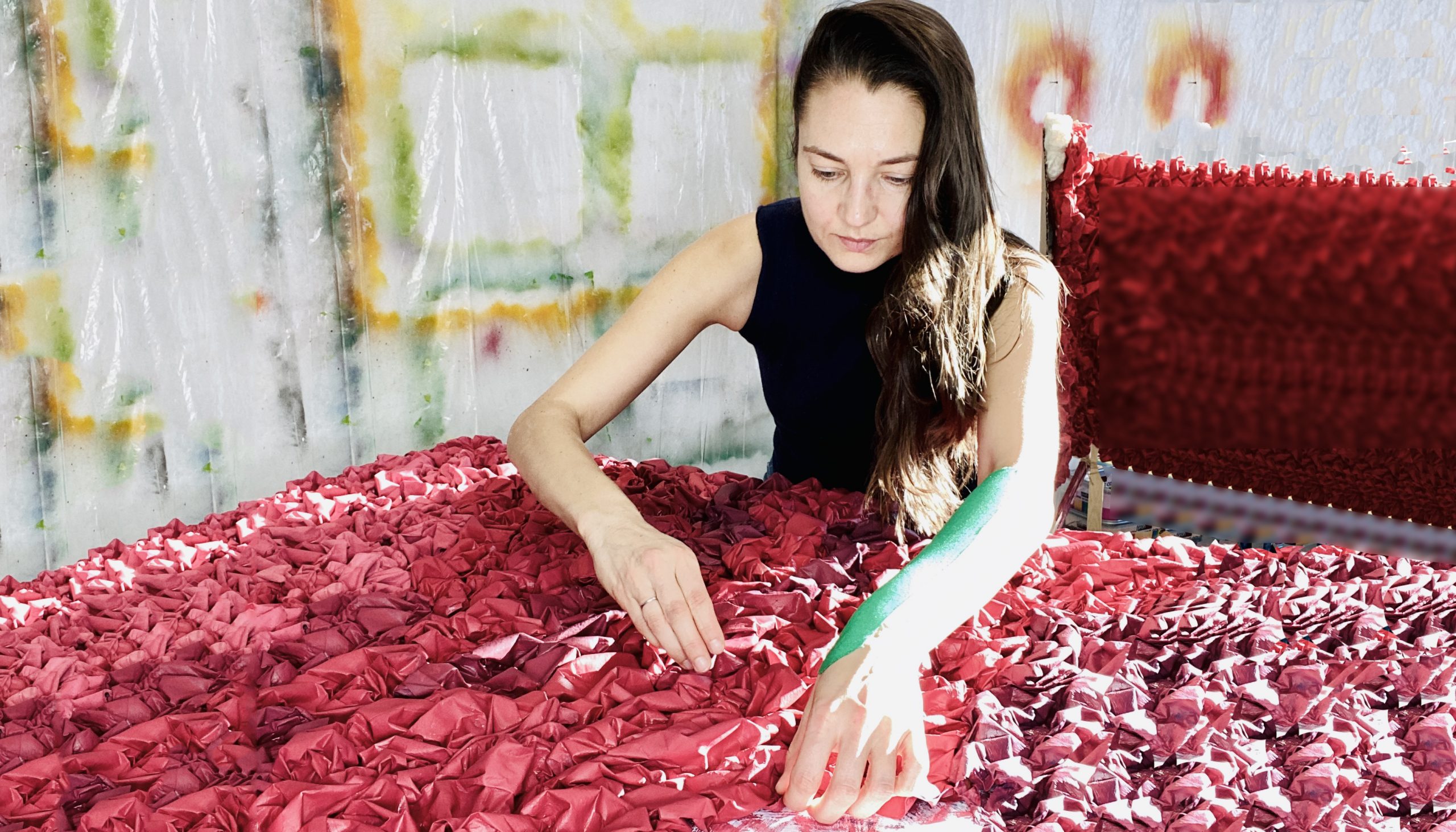
Which other great women artists inspire you and why?
This list is endless. And by the way, I don’t divide artists into men and women. Primarily, I look at the object or the non-material result of work and only then, will I read the author’s story. I can still highlight a few of my favourite female artists and just women with a capital letter W. A great woman who inspires me is not just a woman who paints with oil or makes sculptures. For me, it’s a creative being full of willpower, authenticity, and capacity to communicate with people and life.
Here I would like to mention Matrona Moskovskaya as one of my sources of inspiration. Saint Matrona was blind and lost the ability to walk early in life. With all the hardships, she was so strong in spirit that she kept working wonders for people. So those miracles for me are what artists should strive for in their artistic practice. In general, being an artist and a saint at the same time, like Andrei Rublev, for example, seems to me an especially fruitful combination (and history proves it).
Another Russian artist who inspires me is the ballerina Maya Plisetskaya. Her energy, passion, hard work, strong character, elegance and progressive thinking are what I am guided by in my work.
Choreographer Sharon Eyal is no less inspiring for me. When I first saw her Untitled black performance in Shanghai, it felt like a shock and an extravaganza. I was struck by the incredible naturalness of the movements the troupe did on stage. Music, costumes — everything looked as if it were taken from the future. It seems to me a real work of art should be just like that: progressive, challenging, highly material, and sensual.
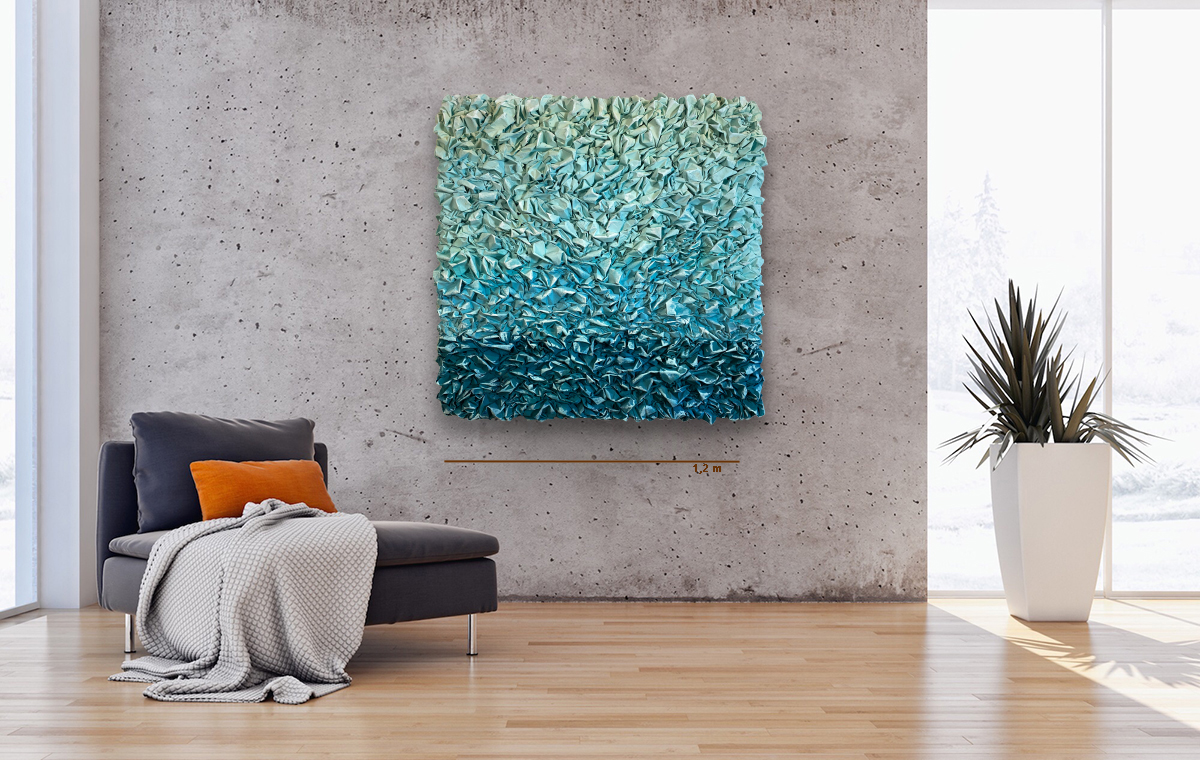
In general, I tend to consider my contemporaries while searching for inspiration. For example, artist Phyllida Barlow is like a teacher to me now. If I have a question, I will certainly look for an answer in Barlow’s works. I love the simplicity of her materials and the way they’re interpreted. The completed work should be viewed not with the eyes, but with the soul. To be able to ‘read’ art objects that have been created on a sensory level, one needs to use their sixth sense. I feel a strong connection with Russian culture here: I guess we, Russians, often communicate this way.
Last but not the least, I should mention artist Marina Abramovic. I will never stop learning from her. The way she communicates with the viewer and reaches catharsis, the mediums she uses in art, all that captivates my attention. For me, it’s about feelings, soul, experience, and in general the development of the sixth sense.
What advice would you give to emerging female artists entering the art world?
— Take yourself seriously and enjoy the process. If you don’t believe in yourself, then no one will, why should they? In art, you can lie, neither to yourself nor to the viewer; if someone senses a catch, the work won’t be recognized as a true art. At the same time, if you don’t experience pleasure from doing art, you will hardly be able to engage others with your ideas.
— Listen to yourself and constantly work, then everything falls into place.
— Always try new things. And reflect on it.
— Compare yourself with contemporaries and geniuses and draw conclusions: has your work differed; if so, for better or worse etc.
— Continue to doubt, otherwise you may either remain ignorant or stop your search too early.
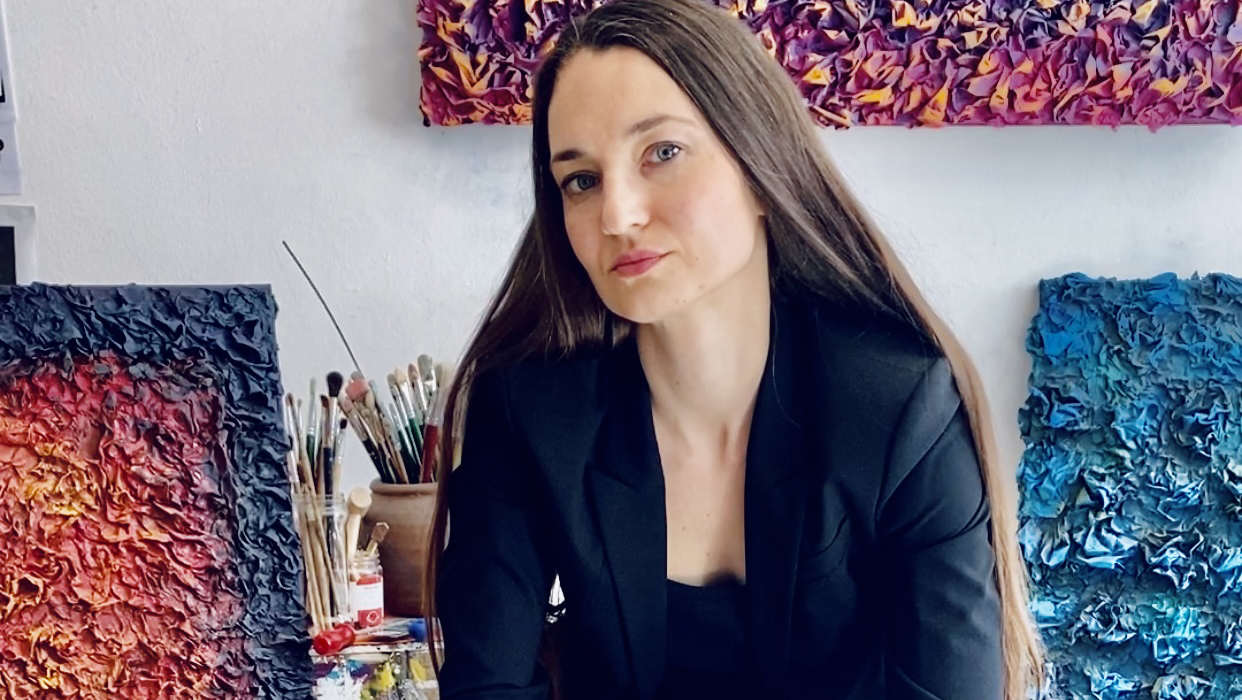
Interview with Elena Fuks (Lentov)
What artwork/series of works do you find pivotal for your career?
I wouldn’t call it pivotal, however, my decision to enter the sphere of art was related to this particular piece. It was the first artwork I sold: a watercolor on an A5 sheet of paper portraying a little girl in the style of Yoshitomo Nara. One day, I was invited to participate in the big student fair of contemporary art at the British Higher School of Art and Design. Among the participants, I was the only non-student; full of hesitation, I was in the process of choosing my future career at the time. Nevertheless, I had all of my artworks sold by the end of the fair.
How has being a woman affected your career?
I find it really difficult to answer this question without having an experience of being a male artist. I can’t say for sure, but female art seems more emotional and sincere to me.
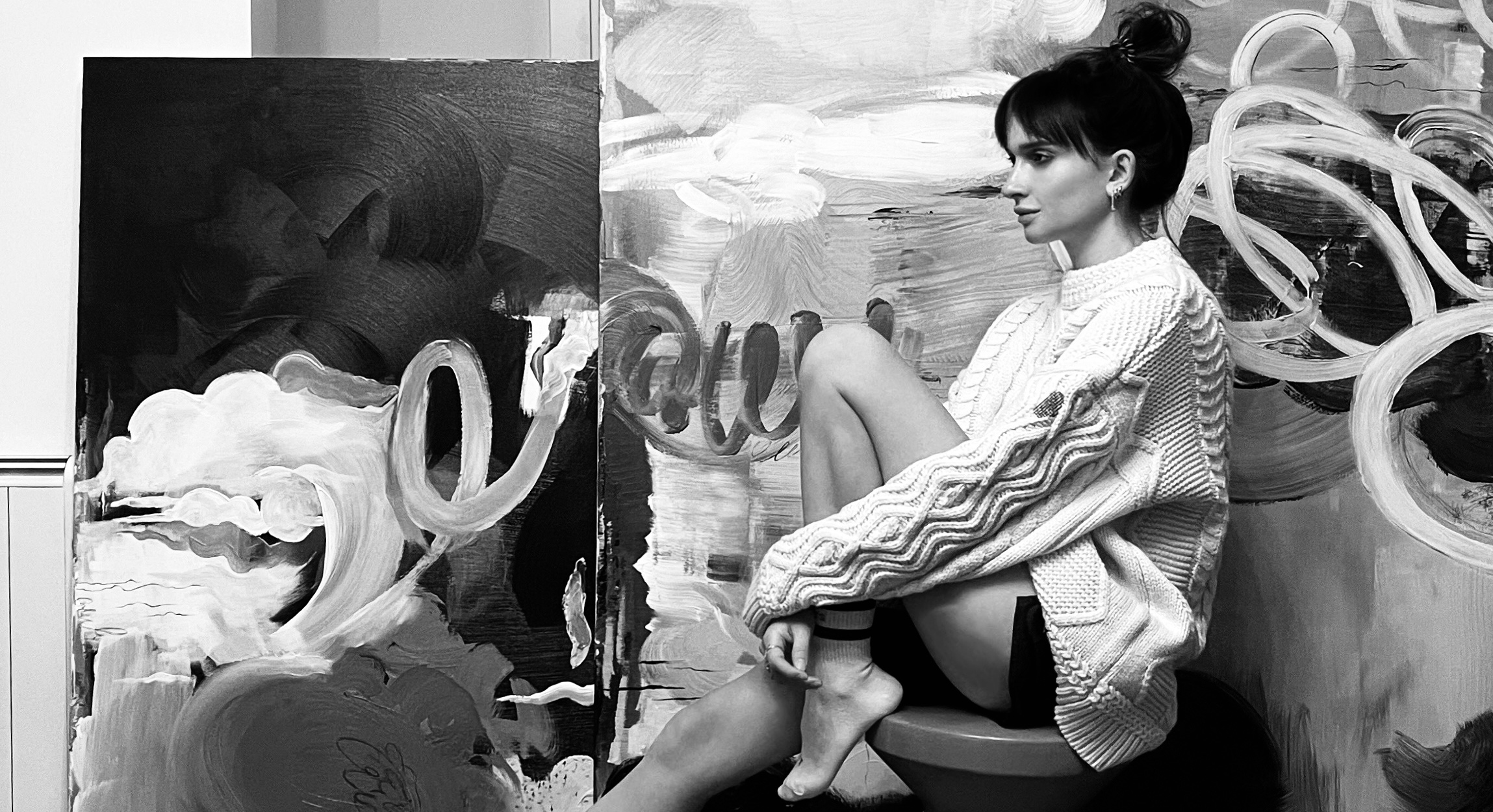
What makes a great artist?
A great mind and an unquenchable inspiration.
Which other great women artists inspire you and why?
To be honest, I don’t have idols and normally I don’t pay attention to the gender of the artist either. I’m rather inspired by the art piece itself and the emotions it conveys. For me, the pure source of inspiration is hidden in daily life, in the stories and personalities of ordinary people… So you can be the first to transfer these feelings into the realm of art.
What advice would you give to emerging female artists?
Be yourself, don’t dread the ‘journey’ with all its ups and downs, and always remember about your goals.
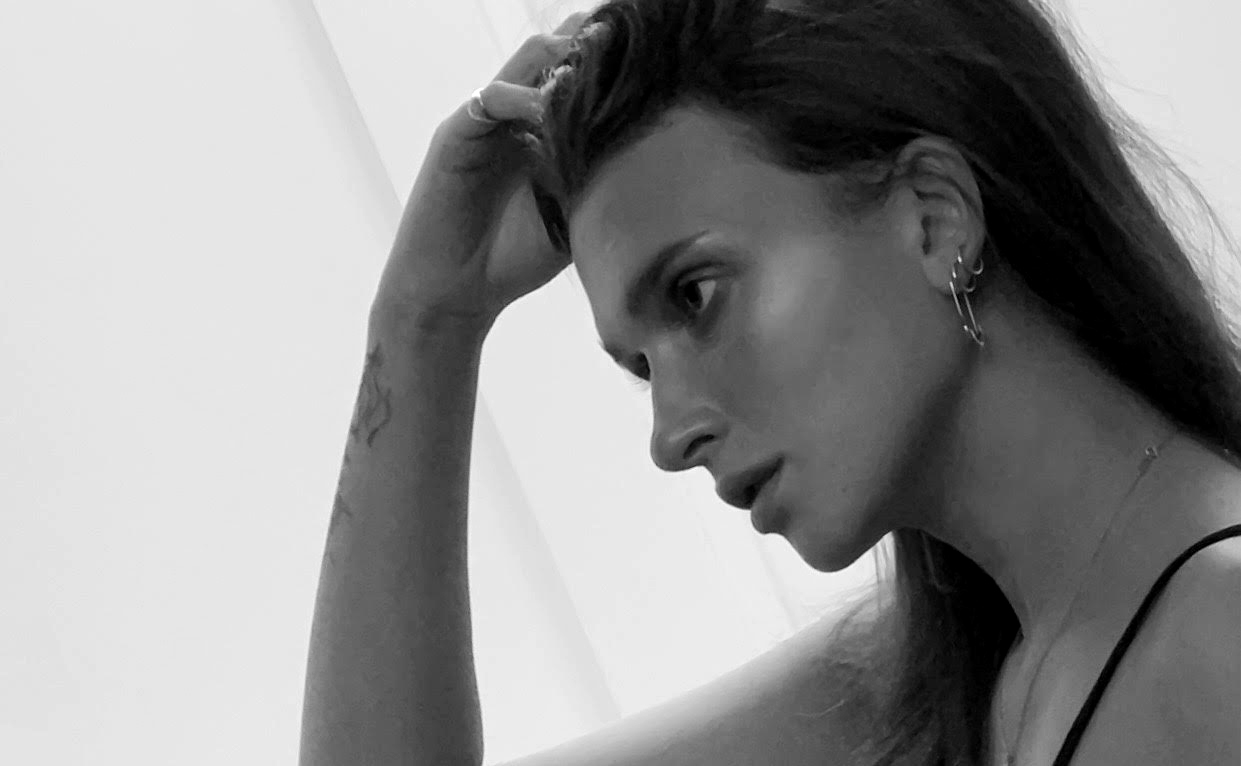
Interview with Kristina Okan
What artwork/series of works do you find pivotal for your career?
I would say it is my Allusions graphic series. What I did in the period of 2017—2018 defined my entire artistic practice so far. I feel like I have found my voice. Besides, I have realized that the process itself is just as important as the outcome in art.
How has being a woman affected your career?
Luckily, my gender has never affected my career in neither way. I believe there should always be enough space for both male and female artists on the art scene.
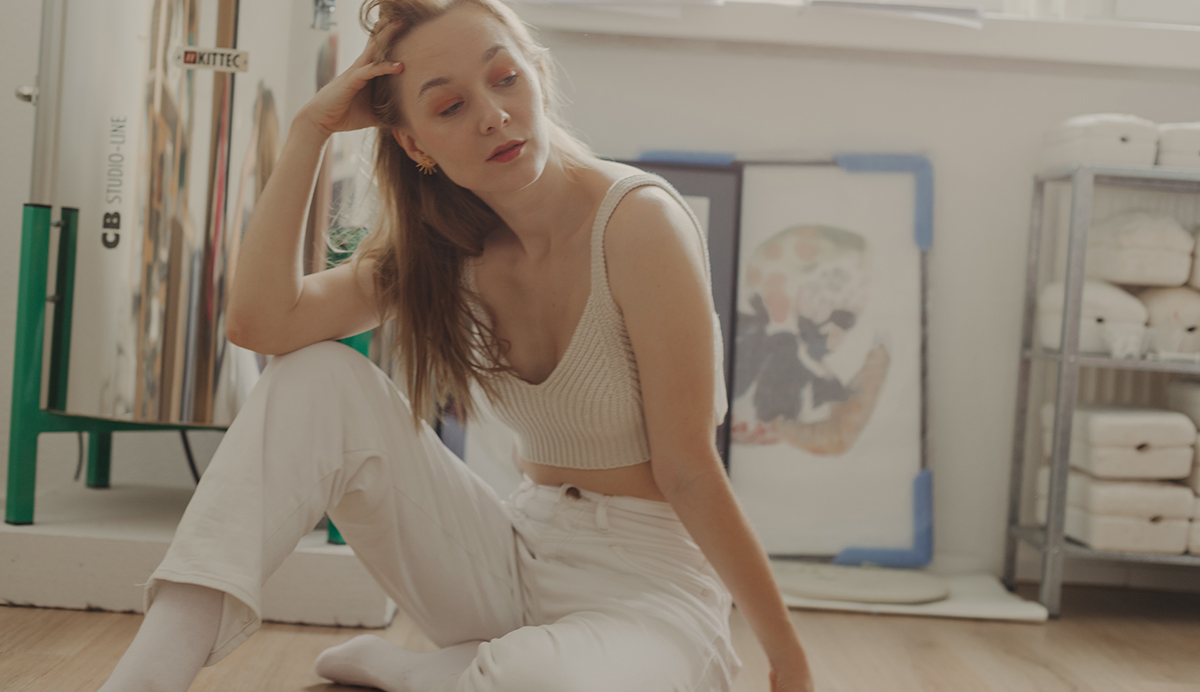
What makes a great artist?
Honesty with yourself. Sensitive interaction with the world. Regular doubting and questioning what you do.
Which other great women artists inspire you and why?
Alicja Kwade is an absolutely mind-blowing artist for me. The way she works with materials such as stone and wood is great and simple and smart and impressive at the same time, it looks like pure magic! Giovanna Garzoni has become my recent discovery: her works are very inspiring because of their mesmerizing quality and a very sensitive admiration of nature they transmit. I also think here of Yayoi Kusama, her parallel universe where you just lose a sense of reality.
What advice would you give to emerging female artists?
Be in contact with your inner voice, never let it down. Always be the best version of yourself.
